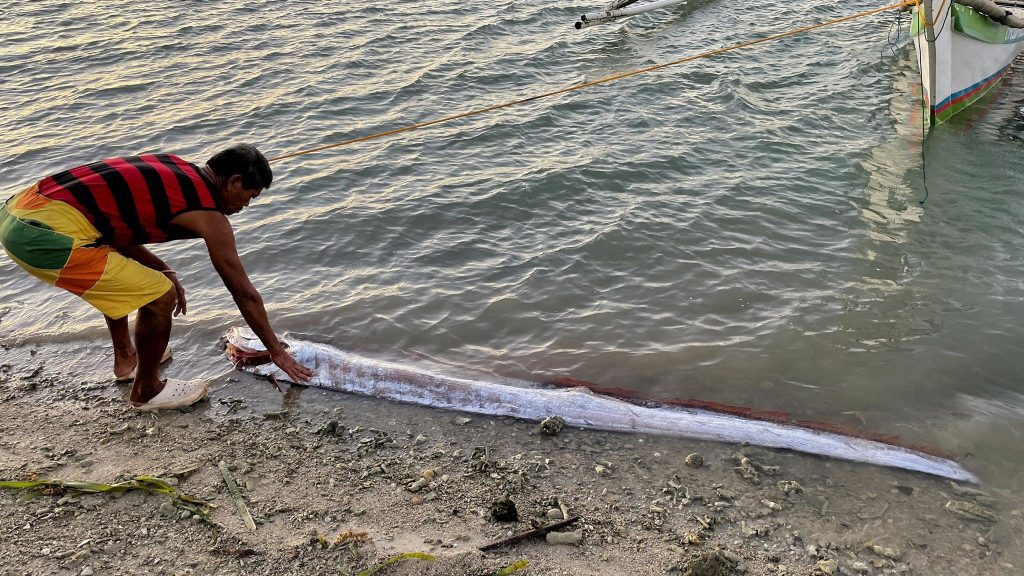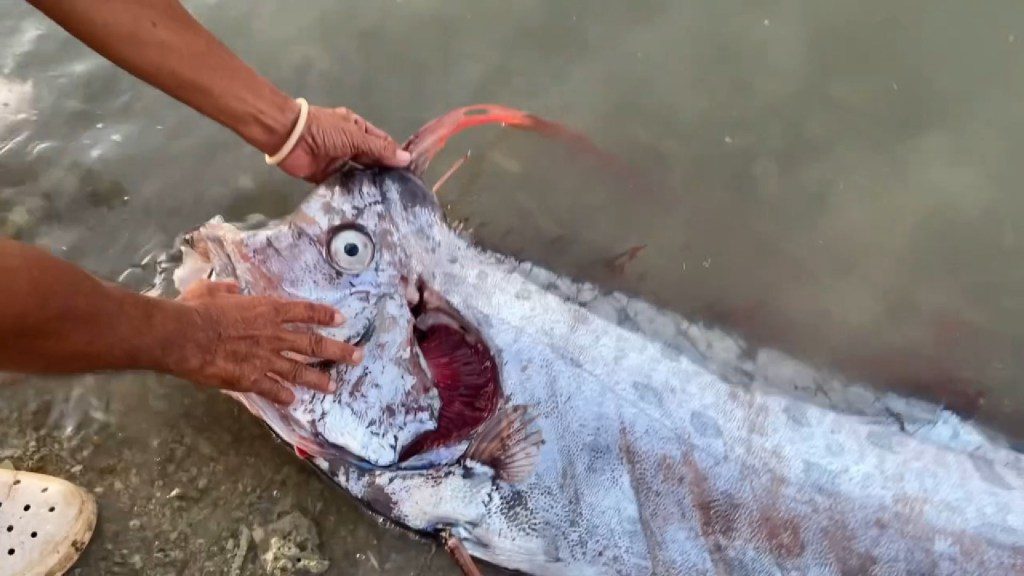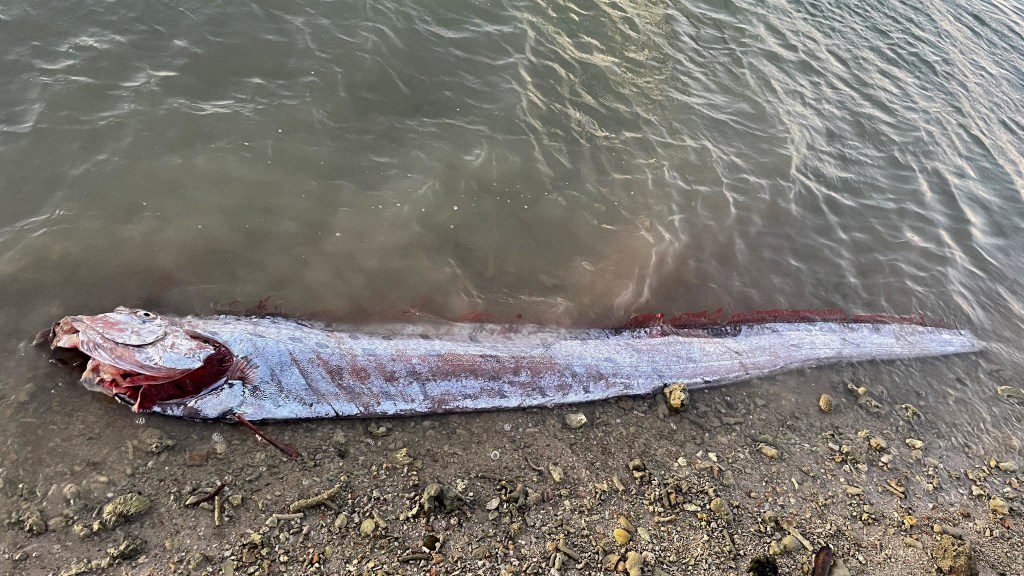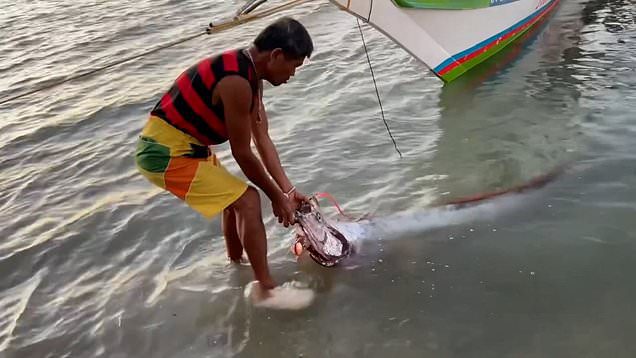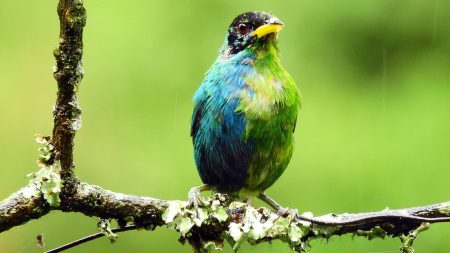Up Next
A ‘doomsday fish’ rumored to only come up when a disaster is close was caught by a fisherman just before the powerful earthquake that shook Taiwan earlier this week.
Oarfish normally live deep in the ocean, but according to Japanese folklore, they show up in shallow waters when a seismic event is about to happen.
Now it has been revealed that the fish was caught in the Philippines shortly before Taiwan experienced its largest earthquake in 25 years.
It was discovered near Kalanggaman Island, about 900 miles south of the epicenter, around 30 hours before the earthquake occurred.
Brenjeng Caayon, whose fishing boat MB Starlight made the catch at 2am on Tuesday, thinks it’s no coincidence.
Speaking yesterday, he said: ‘This is a bad sign, according to superstition.
‘And it might be a sign, because just this morning an earthquake rocked Taiwan.
‘I didn’t believe it before, but now I’ve started to. I own the fishing boat, and I had three fishermen onboard. The crew didn’t know the kind of fish – it was their first time to see it.
‘They were supposed to throw it back in, but I stopped them; I told them to bring it ashore.
‘When I saw it, I recognized it immediately; I’ve already seen an oarfish before, but not this huge.’
Mr Caayon, 53, said the fish was nearly five feet long and weighed 15kg.
But he was fatalistic about the fish’s sinister reputation, which has earned it the nickname ‘doomsday fish’.
He said: ‘Everything that happens is a healing of our mother earth.
‘The natural disaster is always there.
‘I believe in God and that’s the reason why I’m not afraid.’
The 7.4 magnitude earthquake in Taiwan has so far killed nine people and injured at least 963, according to the island’s fire department.
Its epicenter was 11 miles south of Hualien City, a coastal settlement on the east of the island.
Belief in the ominous nature of the oarfish gained new prominence after the 2011 Tōhoku earthquake and tsunami devastated Japan.
In 2010, ecological seismologist Kiyoshi Wadatsumi, speculated that the creature’s legend may be grounded in science.
He told the Japan Times: ‘Deep-sea fish living near the sea bottom are more sensitive to the movements of active faults than those near the surface of the sea.’
However a 2019 report from the Bulletin of the Seismological Society of America failed to establish a connection.
The authors wrote: ‘From this investigation, the spatiotemporal relationship between deep‐sea fish appearances and earthquakes was hardly found.
‘Hence, this Japanese folklore is deemed to be a superstition attributed to the illusory correlation between the two events.’
.





